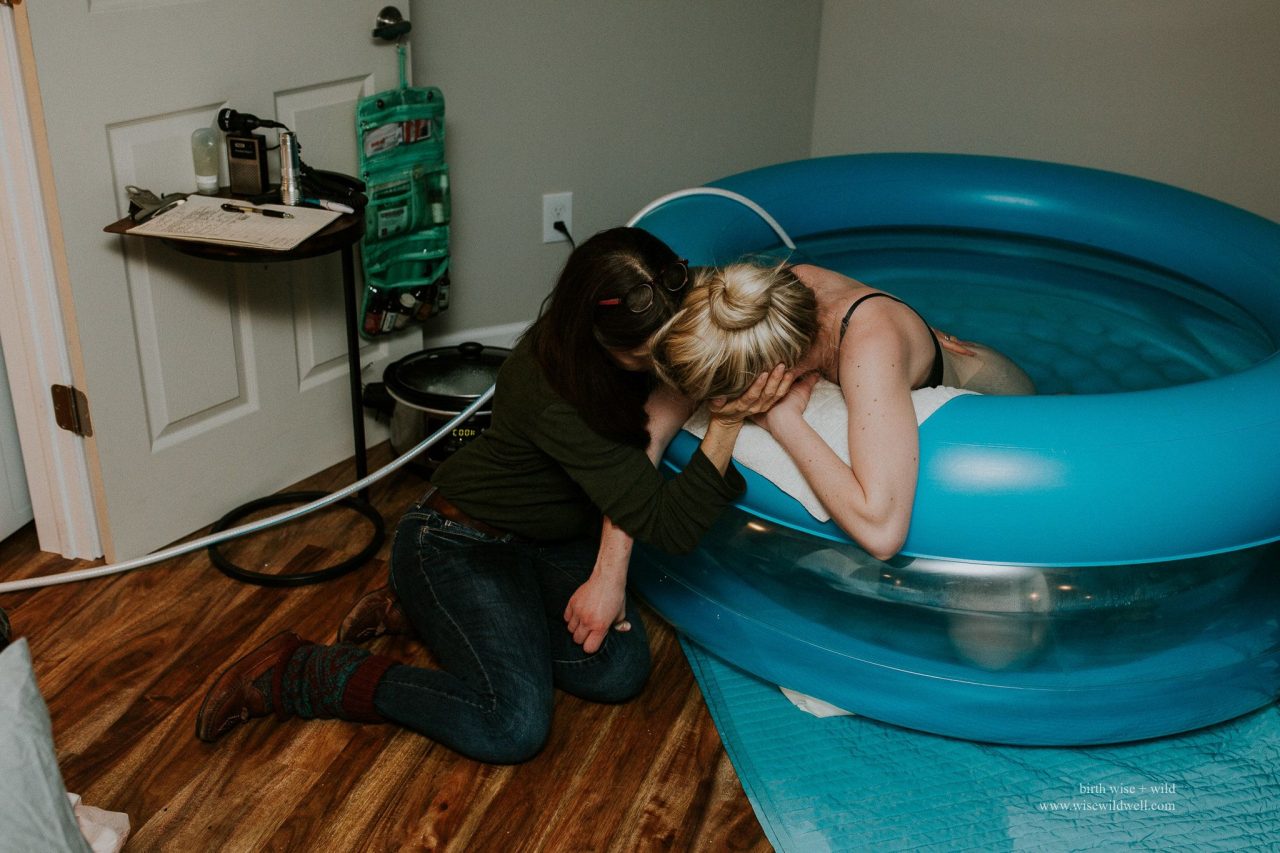Are you feeling nervous about the pain of childbirth? Do you want to learn effective techniques to ease your labor pain?
Every woman’s experience is unique, but most mothers would honestly say, yes, childbirth is painful. However, it is short-lived, and there are many methods to effectively reduce the intensity of childbirth pain.
There are so many different options, it can be easy to get lost in the medical jargon and confused by the countless delivery practices. Women can choose a method that makes them most comfortable and that makes sense for their personal and medical situations.
Following are some delivery techniques that are preferred by mothers and doctors for their uncomplicated, painless methods and techniques.
Photo credits: Shanay Rocker
The rebozo jiggling technique involves using a scarf or piece of fabric to gently rock your hips or belly from side to side in a gentle rhythmic motion.
This can assist in releasing the muscles, ligaments, and fascia around the uterine and pelvic region. It can also assist in helping the baby find an optimal position before and during birth.
Photo credits: Nicole Hamic
The Walcher’s position is a technique used in labor, that assists the body’s natural surges (contractions) to help a baby engage in the pelvis.
The mother reclines with her back supported whilst her legs remain dangling, this encourages the pelvis to open a little wider giving the baby more room to move and engage.
Photo credits: Candice Dawn Photography
Using the “tug of war” technique is often used to aid in pain relief during labor and to give leverage during pushing. This technique has been used across different cultures as a method to help add some extra power to pushing.
Photo credits: Sunshine Coast Birth Photographer
A moment to exhale, close your eyes, and relax your whole body. Labor is hard work and these little rests can make all the difference in conserving your energy for when it’s time to birth.
Photo credits: Katie Van Hoven Photo/
Hip squeezes and counter pressure can help tremendously in labor IF it’s in the right spot. What’s the right spot? Wherever the birthing person tells you it is! You’ll know real quick if you’re not in the right spot.
Photo credits: Alex / Tacoma Photographer
Did you know a comb can help you redirect your labor surges? When gripped in your hands, a comb can help hit acupuncture points in your hands. It also plays into the gate control pain theory. This theory states that the brain can only focus on a select number of sensations. Because the nerve endings are closer to your hands they reach your brain faster.
Photo credits: Rose – Rockhampton Birth Doula
Forward leaning inversion: It’s s a technique that creates room in the lower uterus. The baby can then use that space—with the natural pull of gravity—to snuggle into a more ideal position for birth.
Photo credits: Chrystal Cienfuegos
Did you know when applying pressure to certain parts of the body our nerve endings are stimulated which forces our muscles to relax, resulting in natural pain relief during labor?
Photo credits: Nicole Hamic
For many women, a supported squat position can be a great position to labor and birth in. It both widens the diameter of the pelvic outlet and allows gravity to assist in the descent of the baby.
Women can lean back against a seated birthing partner, lean against a birthing bar, or sit on a birthing stool to achieve this position. The sacrum and coccyx can expand in this position.
Moving into the squatting position can be helpful when the baby is slow to descend. If the descent of the baby is very rapid there can be tearing of the perineum, therefore sometimes moving out of the squat to the side-lying at the end of the pushing phase can slow the descent down, giving the perineum a chance to elongate.
Photo credits: Monet Nicole
Standing can be a great upright position for labor. If you don’t feel like walking but want to be on your feet, standing or swaying while leaning on a chair or support person is a good option.
There is no one perfect position. So move frequently and choose positions that feel good and that your baby responds to favorably.








